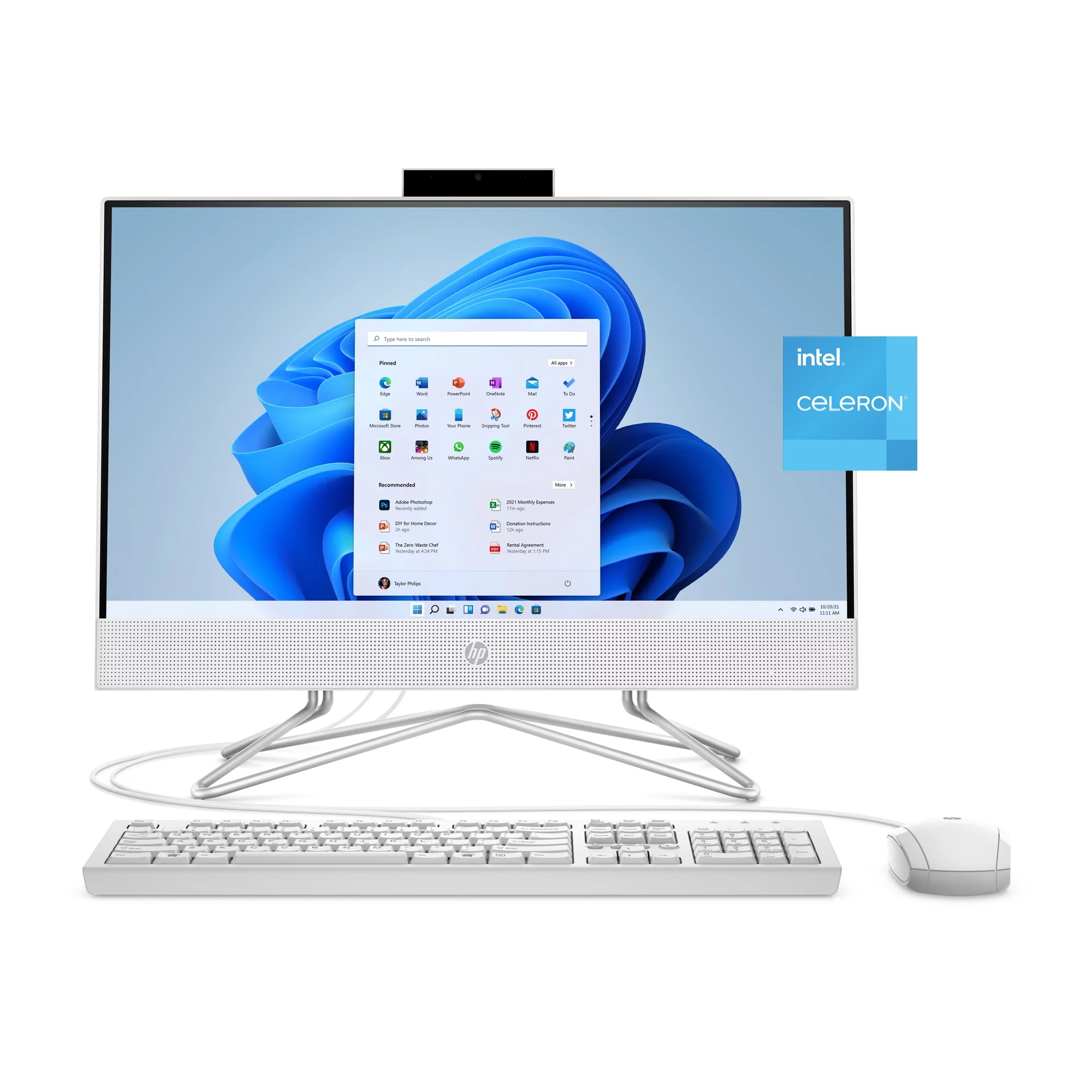Whether you’re capturing a memorable moment, saving an important piece of information, or troubleshooting an issue, taking a screenshot is a fundamental skill for any HP desktop user. HP desktops, running on Windows, provide multiple ways to capture your screen quickly and efficiently. This guide will walk you through the various methods to take a screenshot, edit, and manage them on your HP desktop computer.
Utilizing Keyboard Shortcuts
The quickest and most straightforward way to take a screenshot on your HP desktop is through keyboard shortcuts provided by Windows.
The Print Screen Key Method
- Locate the ‘Print Screen’ (often abbreviated as ‘PrtScn’ or ‘PRTSC’) key on your keyboard.
- Pressing the ‘Print Screen’ key captures the entire screen to your clipboard.
- To save the screenshot, paste it into an image editing program like Microsoft Paint and save the file.
Capturing Only the Active Window
- Click on the window you want to capture to make it active.
- Press ‘Alt + Print Screen’ to capture just the active window.
- Open an image editor, paste the captured image, and save the file.
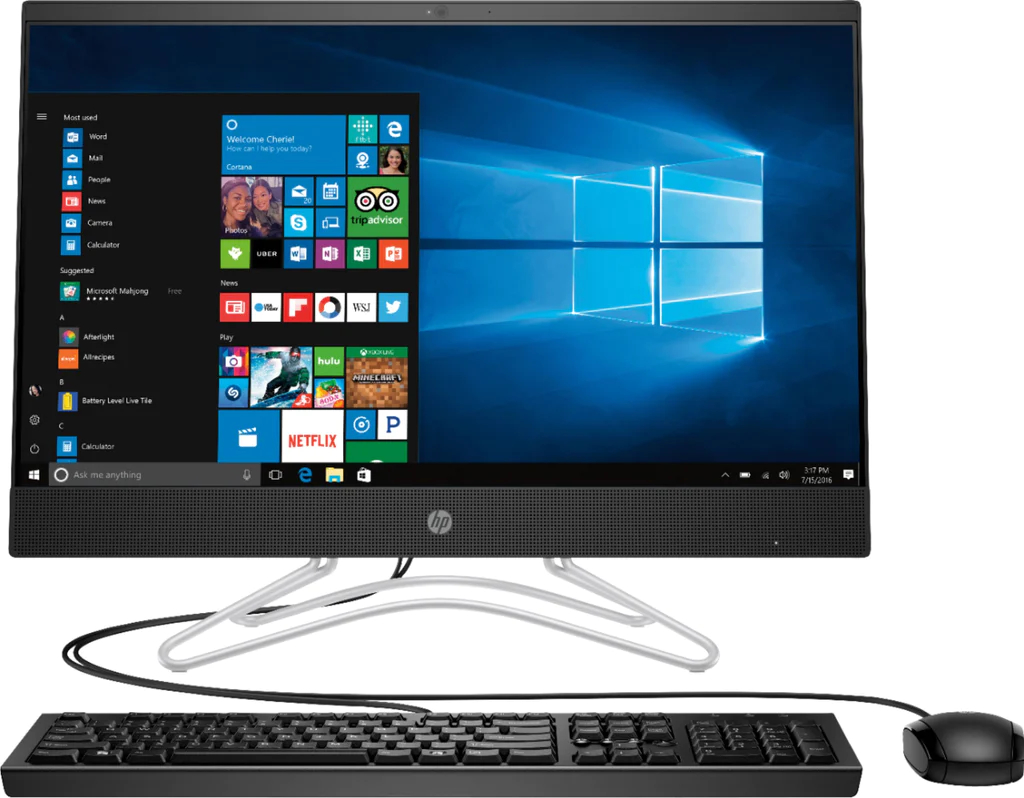
Advanced Capture Techniques
Windows provides built-in tools that offer more advanced screenshot capabilities, such as capturing a portion of the screen or annotating your screenshots.
Using Snip & Sketch
- Press ‘Windows key + Shift + S’. Your screen will dim, and your cursor changes to a crosshair.
- Click and drag to select the area you want to capture. The selected area is then copied to your clipboard.
- You can paste the screenshot into an image editor, or it will also automatically open in Snip & Sketch for editing and saving.
Using the Snipping Tool
- Search for ‘Snipping Tool’ in the Start menu and open it.
- Click ‘New’ and select the type of snip you want: free-form, rectangular, window, or full-screen.
- After capturing the snip, use the tool to annotate, save, or share the screenshot.
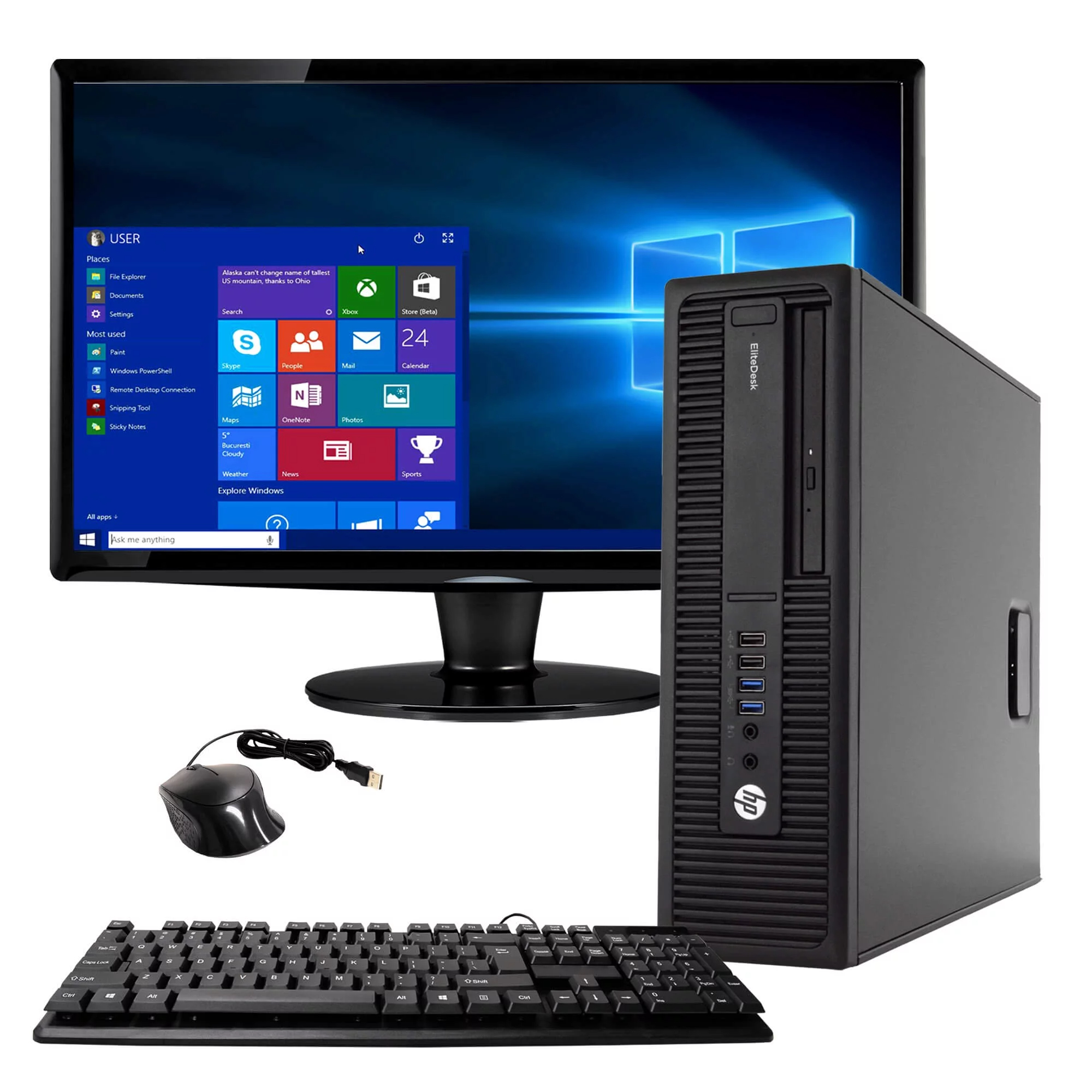
Editing and Enhancing Screenshots
Once you’ve captured your screenshot, you may want to edit or enhance it before using it.
Basic Editing with Paint
- Open the screenshot in Paint for simple editing such as cropping or adding text.
- Select the ‘Select’ tool to crop, or use the ‘Text’ tool to insert text.
- Save the edited image, ideally with a new file name to keep the original capture intact.
Using Advanced Image Editors
For more sophisticated editing:
- Use programs like Adobe Photoshop or GIMP for detailed editing, which offer layers, filters, and other advanced tools.
- Import your screenshot and use the wide array of tools to enhance or manipulate the image as needed.
- Export your final edited image in the desired format, such as PNG or JPEG.
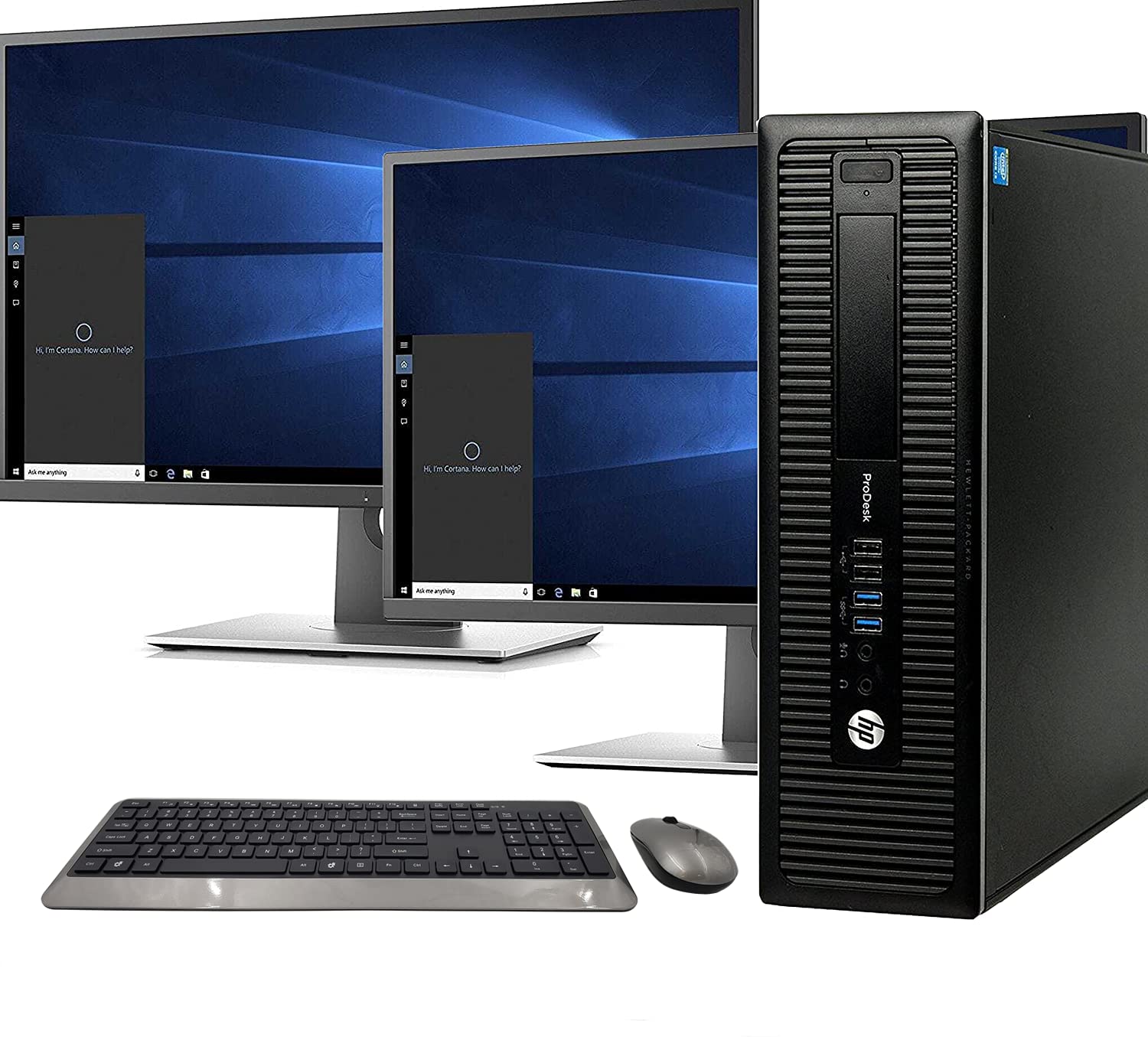
Organizing and Sharing Your Screenshots
A crucial part of taking screenshots is organizing them for future reference and sharing them with others when necessary.
File Management
- Create a dedicated folder for your screenshots to keep them organized.
- Name your files descriptively, so they’re easy to locate later.
- Consider sorting your screenshots into subfolders by date, project, or topic.
Sharing and Using Screenshots
- Screenshots can be attached to emails, included in documents, or uploaded to cloud storage services.
- Use your screenshots in presentations, manuals, or for social media posts.
- Ensure the privacy of sensitive information before sharing your screenshots.

Leveraging Windows Clipboard History
Windows 10 introduced a powerful feature known as Clipboard History that can also assist with managing screenshots.
Utilizing Clipboard History for Multiple Screenshots
- After taking a screenshot using ‘Print Screen’, press ‘Windows key + V’ to bring up the Clipboard History pane.
- Here you can see a history of items you’ve copied to your clipboard, including screenshots.
- Click on any item in the Clipboard History to paste it into an open document or image editor.
- This feature is particularly useful when you need to take and use multiple screenshots in a short period.
Exploring Third-Party Screenshot Tools
For those who require more functionality or different options than what’s built into Windows, third-party tools offer additional features.
Benefits of Third-Party Screenshot Software
- Many third-party tools provide enhanced capturing options such as scrolling screenshots, timed captures, and direct editing features.
- These tools often come with their own image editors for annotations and more complex edits.
- Some popular third-party screenshot tools include Lightshot, Greenshot, and Snagit, each with its own set of unique capabilities.
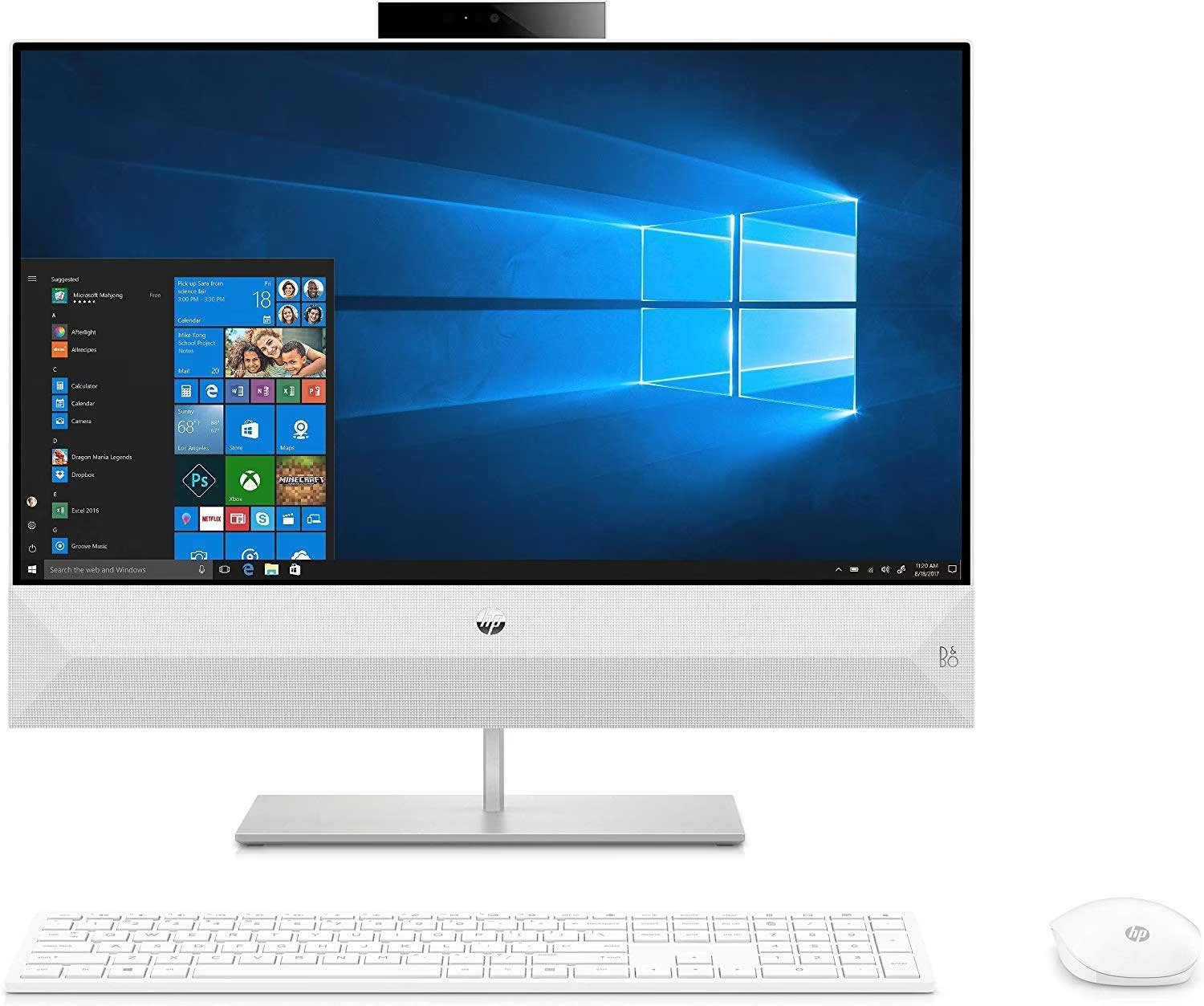
Screenshot Tips and Best Practices
Maximize the effectiveness of your screenshots with some helpful tips and best practices.
Keyboard Shortcut Mastery
- Memorizing keyboard shortcuts for taking screenshots can significantly speed up the process and make it more convenient.
- Practice using ‘Windows key + Shift + S’ and the Clipboard History to become more efficient in capturing and managing screenshots.
Privacy Considerations
- Always review screenshots for sensitive information like personal data, passwords, or confidential business information before sharing.
- Use image editors to blur or redact information that should not be publicly disclosed.
Exploring Third-Party Screenshot Tools
For those who require more functionality or different options than what’s built into Windows, third-party tools offer additional features.
Benefits of Third-Party Screenshot Software
- Many third-party tools provide enhanced capturing options such as scrolling screenshots, timed captures, and direct editing features.
- These tools often come with their own image editors for annotations and more complex edits.
- Some popular third-party screenshot tools include Lightshot, Greenshot, and Snagit, each with its own set of unique capabilities.
Screenshot Tips and Best Practices
Maximize the effectiveness of your screenshots with some helpful tips and best practices.
Keyboard Shortcut Mastery
- Memorizing keyboard shortcuts for taking screenshots can significantly speed up the process and make it more convenient.
- Practice using ‘Windows key + Shift + S’ and the Clipboard History to become more efficient in capturing and managing screenshots.
Privacy Considerations
- Always review screenshots for sensitive information like personal data, passwords, or confidential business information before sharing.
- Use image editors to blur or redact information that should not be publicly disclosed.
Conclusion
Taking screenshots on an HP desktop is an invaluable skill, whether for personal reference, professional documentation, or sharing information with others. With a variety of methods available through both Windows built-in tools and third-party software, capturing your screen is more convenient and customizable than ever. By understanding and applying these techniques, you can seamlessly integrate screenshots into your digital workflow, while organizing and protecting your captured data. Remember the importance of mastering shortcuts, utilizing advanced features, and maintaining privacy to make the most of your screenshot capabilities.
Integrating Screenshots Into Your Workflow
Incorporating screenshot functionality into your daily workflow can enhance productivity and communication. Here’s how to seamlessly integrate this capability into various tasks.
Streamlining Communication and Documentation
- Use screenshots to provide visual aids in reports, emails, and instructional materials, which can help clarify complex information.
- When working on collaborative projects, screenshots can quickly convey ideas or highlight changes without lengthy explanations.
- By including screenshots in presentations and proposals, you can create a more engaging and informative experience for your audience.
The Impact of Screenshot Quality and Timing
The value of a screenshot can be greatly influenced by its quality and the timing of the capture. Here’s what to consider to ensure you’re getting the best results.
Capturing High-Quality Images
- Ensure your screen resolution is set high to capture sharp images that are easy to read and look professional.
- Consider the timing of your screenshot; for example, pause videos at high-definition frames or capture screens when all necessary information is fully visible.
Taking a screenshot on an HP desktop is an essential skill that can be accomplished through various methods, each suited to different needs. From simple full-screen captures to partial snips and advanced editing, the Windows operating system on your HP desktop offers all the tools you need to capture, edit, and manage your screenshots effectively. With this knowledge, you can easily document and share what’s on your screen. Remember to organize and name your screenshots properly for easy access, and always check for sensitive information before sharing your captures with others.
